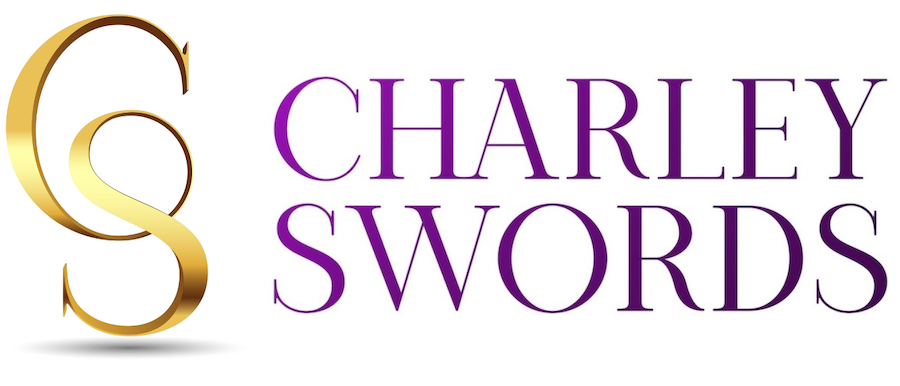Customer service standards are making a comeback – and rightly so!
Technology platforms and digital, automated and self-service delivery channels are still on the rise, but it is important to remember that there is a team of people working behind the scenes to ensure your technology delivers what you promise your customers!
It is important to remember too, whether your customers are served face-to-face, via the phone, pc or other digital and automated means – that they need and want excellent service. And honestly, when there is a glitch in the system, or the machines (which have replaced real people) break down, your customers do not want to hear an automated system guiding them through the myriad levels of your technical help desk – they want to hear a human voice! They are already frustrated with your technology so don’t pile it on them further.
Successful help desks, call centers, business units and outlets are manned by genuinely caring, knowledgeable and helpful people who understand the true meaning of customer service. They are well versed in the application of your stated and measurable customer service standards and their sole purpose is to ensure your customer’s experience with your organisation, is both excellent and successful.
To achieve this, your organisation must have clearly defined and measurable customer service standards in place. These standards help to state what your customers can expect and they also act as benchmarks against which service performance is measured and managed. They state the minimum acceptable level of service to be provided to your customers, both internal and external and they must be ‘anchored’ to the values of your organisation. They are usually defined in terms of:
- Accuracy – accurate information, advice, delivery of products and services etc.
- Confidentiality – of personal, business and financial data.
- Transparency – in terms of how your organisation operates.
- Timeliness – time taken to deliver the full end-to-end service in terms of hours, working days, calendar days, 24/7 etc.
- Appropriateness – ensuring the right product or service is offered to your customers based on their stated needs and also in ensuring your customers’ expectations are met in terms of their entire engagement with your organisation.
Customer service standards are used as a tool to confirm to management that your customers are receiving what they have been promised, when they were promised and in the manner and way they were promised. They should be appropriate to the size, diversity and complexity of your business.
Whether you already have stated customer service standards in place; if they are in need of updating or if you are only establishing and implementing them now, you need to take a very customer-led practical approach to their development and implementation.
The initial or base-line standards must focus on the absolutely critical customer-facing areas of your business. Once these initial standards become a ‘way of life’ in your organisation, then you need to develop a broader range of service standards which are aligned to your customer needs and the supporting operating processes, procedures and technical platforms and delivery channels used by your customers.
For every customer service standard you implement, you must set very specific measures in terms of how performance will be monitored and evaluated. In parallel, you must align the responsibility for monitoring and ensuring the service standards are fully implemented to clearly designated employees at supervisor and management levels.
Accountability for applying your customer service standards rests with each and every employee, and accountability for managing the consistent application of the service standards rests with your line management team.
Diversity in the workplace, economic developments, technological developments, external factors and changes in the local and global markets all impact on your customer service standards. As your business and employee base changes, so too must your customer service standards and their measurement!
It is hugely important to remember, your customers are not merely a means to an end – they are the lifeblood of your business. They are more astute than they are sometimes given credit for and this has proven costly for many businesses in the past! How they feel about how they are served by your employees will determine, to a large part, whether they remain your customer or not!
So, review your customer service standards now and determine whether they are still ‘fit for purpose’. If they are not, change them. If they are, great. Either way, ensure all your employees are fully aware of them and of their responsibility and accountability in applying them and in ultimately serving your customers to an exceptional level.
Good customer service is never good enough – it must be exceptional!

Did you find this article helpful?
Let me know what you think about this post in the comments box below.

